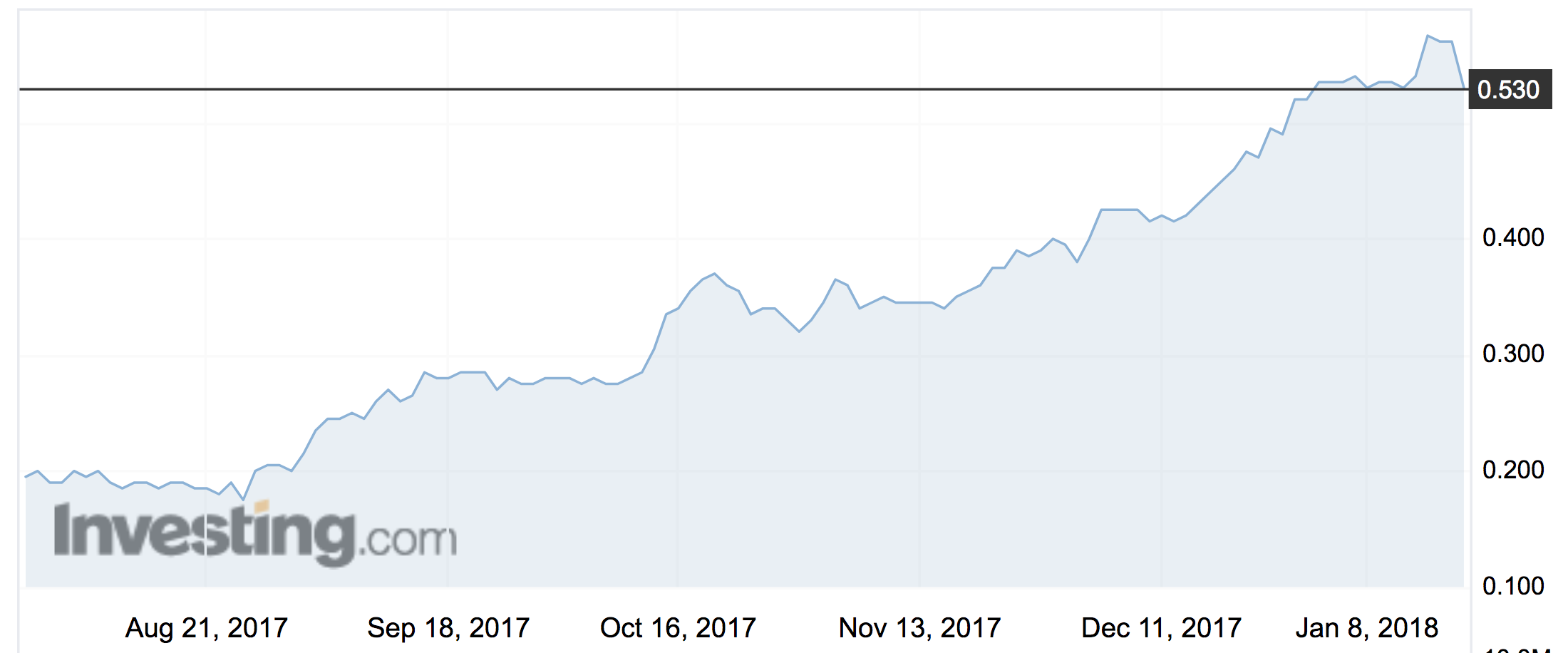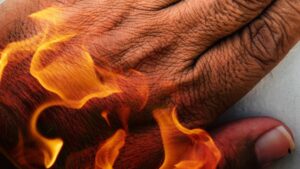PolyNovo teams up to develop ‘next generation’ breast implant

Pic: Luis Alvarez / DigitalVision via Getty Images
Medical device maker PolyNovo is on a path towards the ‘next generation’ of artificial breast implant devices in a new partnership with privately held med-tech Establishment Labs.
PolyNovo (ASX:PNV) will join with Establishment to jointly develop a range of medical devices for breast aesthetics and reconstruction.
“Joining with Establishment Labs means that we can enter the world stage,” chief Paul Brennan told Stockhead.
“We have already seen them demonstrate true innovation with their chips in prosthesis.”
Establishment Labs markets an implant called Motiva that includes an embedded micro-chip that stores a serial number, manufacturer name, insertion date and other data that doctors can access via a scanner.

“That was a big driver for us as opposed to the larger players. They might be the biggest, but they aren’t the ones making innovations in the market.”
PolyNovo shares have tripled since August — though they fell 7 per cent on Thursday, valuing the company at about $346 million.
Under the agreement, PolyNovo will develop the polymers and the manufacturing processes for new implants, while Establishment Labs will do the trials and marketing under its Motiva Imagine brand.
Establishment’s Motiva silicone implants are sold in more than 60 countries worldwide, and are just the cusp of what PolyNovo says is a $3 billion market.
Futrue innovations might include breasts that can grow with real tissue, Mr Brennan said.
- Bookmark this link for small cap breaking news
- Discuss small cap news in our Facebook group
- Follow us on Facebook or Twitter
- Subscribe to our daily newsletter
“We are already doing it now with skin in burns patients, but we want to take the polymer to new places,” he told Stockhead.
“I see the future being that you can grow new breasts – to develop a prosthesis that allows you to do away with silicone and saline and regenerate your own tissue… we see it being adaptable to treat hernias as well.”
The polymer is a biodegradable polyurethane that dissolves over time — but provides an initial scaffold into which the body can rebuild its own cells.
For example, where a severe burn has destroyed the layer under the skin — the dermis, or the part that contains nerve endings, sweat glands and blood vessels — the polymer can provide a structure onto which new cells can grow back and a layer which new skin can be grafted onto.
And because it’s a synthetic material it can be turned into any any kind of structure, from a foam to a more solid mesh.
UNLOCK INSIGHTS
Discover the untold stories of emerging ASX stocks.
Daily news and expert analysis, it's free to subscribe.
By proceeding, you confirm you understand that we handle personal information in accordance with our Privacy Policy.








